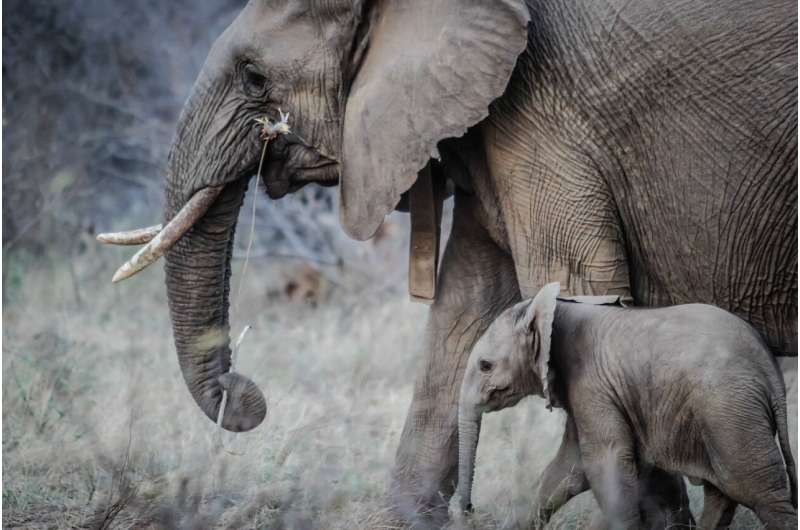Organisms aim to maximize inclusive fitness in order to pass genes to the next generation

New research might change our answer to the question: what goal are plants and animals adapted to achieve? Natural history documentaries marvel at the design-like features of animals: perfect camouflage, stunning speed, incredibly mimicry. The goal is surely survival, but "survival of the fittest" runs into problems for animals who sacrifice their own reproduction, and even lives, to help others. A study of the University of Jyväskylä, Finland, and Australian National University was published in the journal Proceedings of the Royal Society B on June 12th, 2019.
Classic theory predicted that organisms evolve to maximize their own reproductive success, because genes that enhance reproduction are more likely to be passed to future generations.
This view was updated in 1964, when British zoologist William Hamilton set out to explain why some organisms forgo reproduction to devote their lives to helping relatives. Hamilton reasoned that blood relatives share genes, so genes that enhance a relative's reproduction are likewise passed down. Organisms should therefore strive to maximize their "inclusive fitness": the optimal combination of reproducing and helping that determines how many genes are passed to future generations.
"The idea of inclusive fitness became highly influential, despite persistent confusion about its definition," said lead author Dr. Lutz Fromhage from the University of Jyväskylä in Finland.
One widely used definition is to count up an individual's own offspring, plus any effect it has on increasing its relatives' offspring production, weighted by relatedness. (After all, an individual shares more genes with its siblings than distant cousins.) However, theoreticians object that this simplified "folk definition" of inclusive fitness misses a crucial part of Hamilton's original idea. For "genetic bookkeeping" reasons he stated that an individual's own reproductive success must be stripped of any offspring that are due to help by others. Without this stripping, theoreticians argue that inclusive fitness fails to predict whether a gene is selected for or against.
"This stripping is unfeasible in most real-world situations," said co-author Professor Michael Jennions from the Australian National University. "For example, the evolution of the behavior and morphology of a queen bee cannot be understood in isolation from the help provided by her workers."
A new study offers a possible breakthrough. Fromhage and Jennions argue that the previously rejected folk definition of inclusive fitness is, after all, the quantity which individuals evolve to maximize. Mathematical arguments and computer simulations show that previous objections fall away if we switch our attention from a particular gene to the combined effects of many genes. Organisms are then predicted to gradually evolve phenotypes that best propagates their genes in a given social environment—none of whose effects should be disregarded or stripped away when measuring inclusive fitness.
"The paper is technical, but the outcome is practical," said Dr. Fromhage. "Field tests of social evolution, be they on bacteria in hospitals or hyena, are inspired by the idea of inclusive fitness."
More information: Lutz Fromhage et al. The strategic reference gene: an organismal theory of inclusive fitness, Proceedings of the Royal Society B: Biological Sciences (2019). DOI: 10.1098/rspb.2019.0459
Journal information: Proceedings of the Royal Society B
Provided by University of Jyväskylä


















